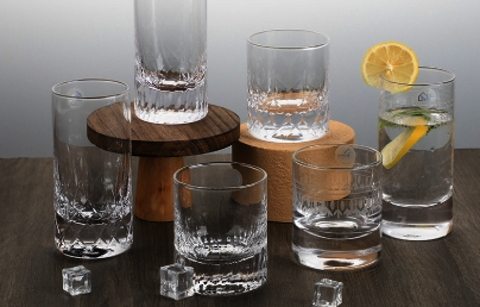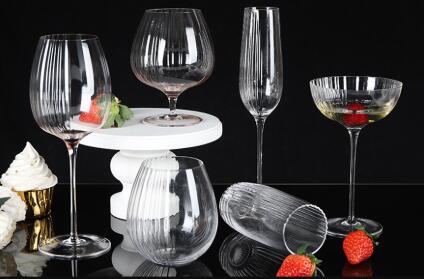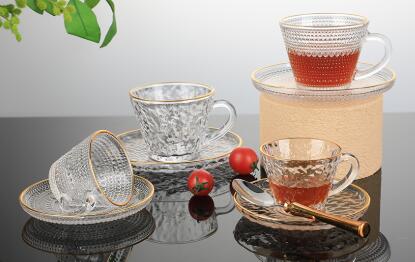Vintage and Antique Marbles
Pulished on Oct. 16, 2018
Antique glass marbles are highly collectible, from handmade examples by German glassmakers of the 1800s to marbles made by machine in the early 1900s by U.S. companies like Christensen, Peltier Glass, Akro Agate, and Vitro Agate.
Marbles have been made from a variety of materials throughout the ages, such as stone (limestone, agate, and semiprecious stones), clay (which were so common at the time that they were known as “commies”), and china, although glass marbles are the most popular to collect.
Handmade marbles are especially sought by collectors, especially examples from the mid-1800s through the early 1900s, which can be identified by a pontil mark, formed when the marble was removed from the pontil rod during production.
Machine-made marbles came about during World War I when the U.S. stopped importing handmade marbles. Many collectors enjoy them because they remember playing with them as children.
German swirls, the most common handmade glass marbles, were first produced in Thuringen, Germany. There are five types of German swirl marbles. The most common, latticino core marbles, were created from the 1840s (the beginning of glass marble production) until the mid-1920s. Most cores are white or yellow.
Other German swirls have a solid core (either cylindrical or ridged), a divided core (with multiple strands in the center, most commonly 3 or 4), a ribbon core (with either a single or double ribbon), or a complex core, in which two or more variations are used within the same marble.
Other types of colored glass marbles include maypole marbles (threads swirled on or near the surface of the marble), mists (color created by overlaying glass on or near the surface of the marble), micas (colored glass with silver flakes), solid-colored swirls (such as onionskin and peppermint marbles), and opaque glass.
Lutz marbles are also sought-after by collectors for their beautiful swirls of goldstone decoration. Goldstone, glass made with copper crystals, was first discovered in Venice in the 1600s, but marbles using the material weren’t produced until the early 1900s, just before World War I.
Another popular style is the sulphide marble, which is clear with a small figure in the center. These were produced in the same location and around the same time as German swirls.









